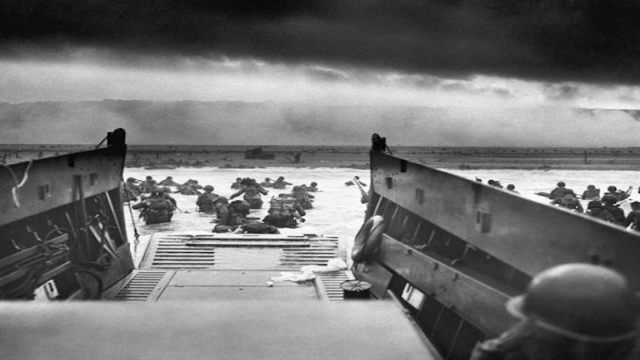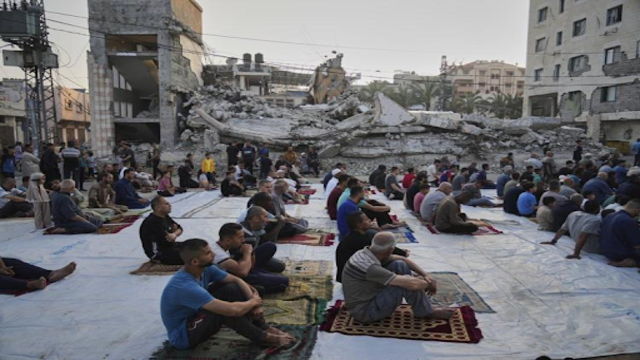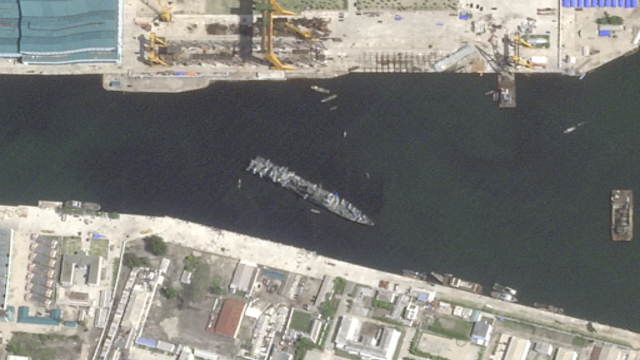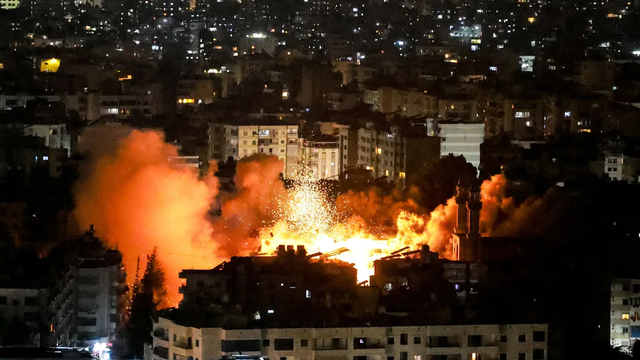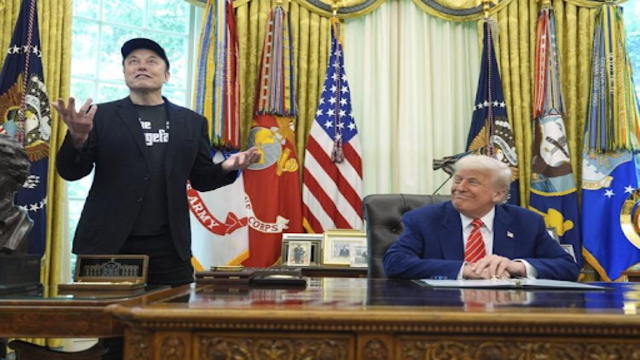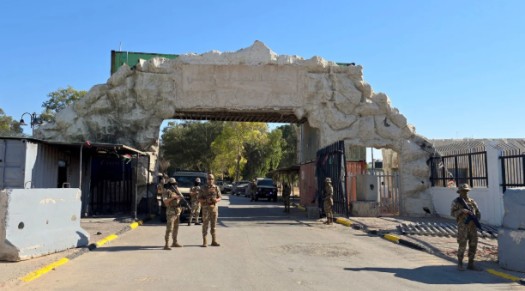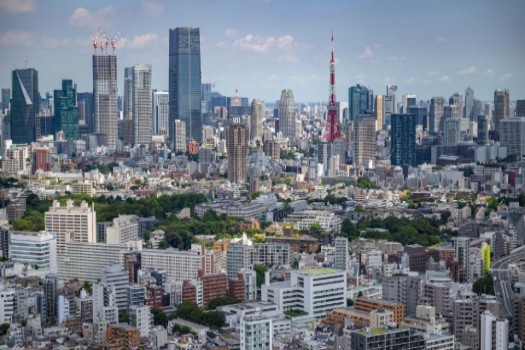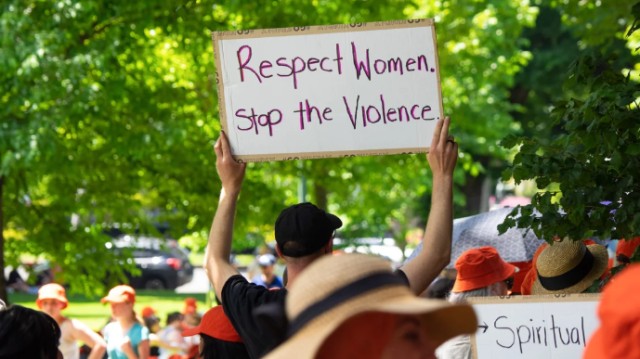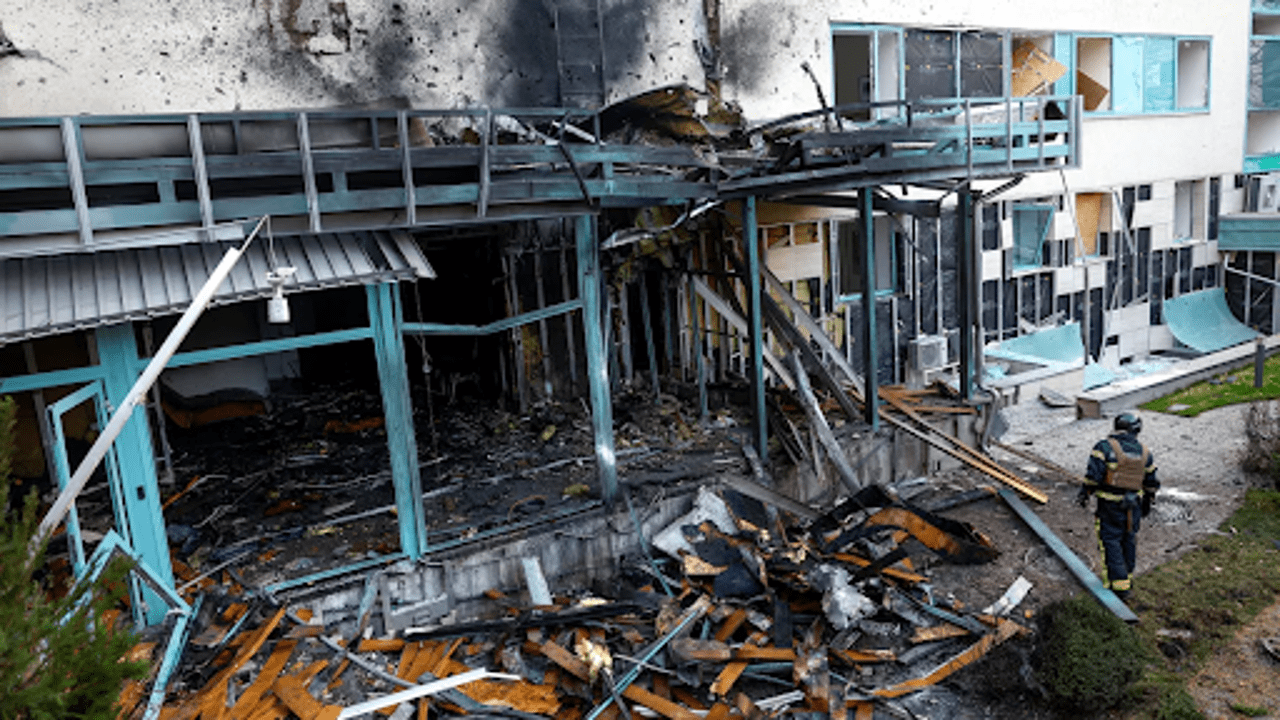
A firefighter attends to the damage at a medical center following a Russian drone attack in Kyiv, Ukraine, on Thursday. Reuters
Russia has intensified its drone strikes on Ukrainian cities in an effort to overwhelm Ukraine’s air defences. President Volodymyr Zelensky recently revealed that Moscow has increased the number of drones deployed, launching about ten times more than it did last fall. Along with this escalation, Russia has begun using decoy drones to confuse Ukrainian defences, making it harder for them to focus on actual threats.
These decoy drones do not carry warheads but are designed to mimic the deadly Iranian-made Shahed-136 drones. They consist of a "3D-printed ball wrapped in foil" to imitate warheads, according to Yuriy Ihnat, spokesperson for Ukraine’s air defenses. The strategy is proving effective, as many of Ukraine’s air defence systems are being misled into targeting these decoys instead of real threats. Up to half of the drones fired by Russia now fall under the decoy category, Ihnat said.
This change in tactics is part of a broader Russian strategy to ramp up its efforts in the war, especially as Ukrainian forces face increased pressure on the eastern frontlines. Ukrainian officials have described the situation as one of the most intense Russian offensives since the conflict began. With relentless drone strikes and military advances, Russia appears determined to wear down Ukraine's defences both physically and mentally.
For Ukrainians, life under constant drone attacks has become a harsh reality. In the capital city of Kyiv, residents endure sleepless nights filled with the sounds of explosions and the continuous buzzing of drones. Air raid sirens blared for approximately 50 hours in September, 80 hours in October, and over 30 hours in the first week of November alone. Since September, there has only been one night without a drone attack.
Vadym Naustinov, a 32-year-old copywriter in Kyiv, shared how he copes with the relentless air raids. He described a routine where he quickly runs to a nearby subway station, used as a bomb shelter when the explosions grow near. If time is too short, he takes shelter in the corridor or bathroom of his apartment, hoping to survive the onslaught.
A car and a house caught fire after being damaged by a Russian drone attack in Kyiv on Thursday. Reuters
Kyiv has suffered significant damage from Russian drone strikes. Shrapnel from downed drones has injured several people and destroyed buildings. One such attack on Thursday left two people wounded and damaged cars and homes, according to Serhiy Popko, head of Kyiv’s military administration. Popko described the assault as a "massive attack" that came in multiple waves, hitting the city from different directions and at varying altitudes.
In addition to the strikes on Kyiv, Russia has also launched air attacks in other regions. On Thursday, an airstrike in Zaporizhzhia killed at least four people and injured 18 others, including a four-month-old girl. President Zelensky condemned these actions, accusing Russia of taking pleasure in the suffering of Ukrainians.
As the war continues, Ukraine is preparing for the possible withdrawal of U.S. support following the reelection of Donald Trump as U.S. President. Throughout his campaign, Trump expressed skepticism about continued American assistance to Ukraine, casting doubt on the country’s future international backing. Zelensky has since congratulated Trump, emphasizing the need for peace, but uncertainty looms over Ukraine’s war effort without U.S. support.


